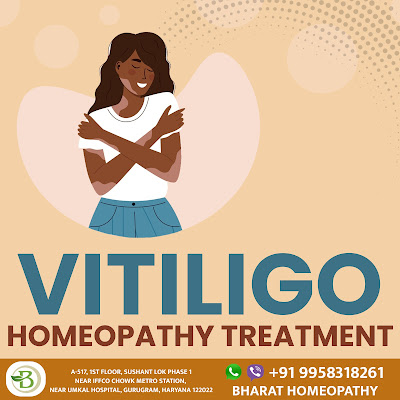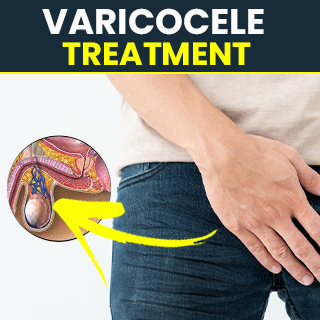Patches of skin lose colour or pigment due to the chronic (long-lasting) autoimmune disease called vitiligo. Melanocytes, the skin cells that produce colour, are attacked and destroyed in this situation, making the skin milky white.
The white spots of the disease typically show up symmetrically on both sides of your body, like both hands and knees. There can occasionally be a sudden loss of colour or pigment that may even cover a sizable area.
Vitiligo's segmental subtype, which affects only one side or segment of your body, such as a leg, the side of your face, or an arm, is far less common. This particular kind of disease frequently develops at a young age, progresses for 6 to 12 months, and then typically ceases.
An autoimmune condition is vitiligo. The immune system normally works to combat and defend your body against illnesses, viruses, and germs. In those with autoimmune diseases, immune cells mistakenly attack healthy body tissues.
The sufferers may also be more prone to other autoimmune diseases. Lack of melanin pigment in the skin causes the disease. The following are a few vitiligo causes:-
When your immune system mistakes healthy cells (melanocytes) for dangerous bacteria or other external invaders that could harm your body, it results in an autoimmune illness. As a result of your immune system's overreaction, your melanocytes are attacked by antibodies.
Genetic alterations: Your body's DNA may be altered or mutated in a way that affects how well your melanocytes function. More than 30 genes can increase your risk of developing the disease.
Stress: Your melanocyte cells may create less pigment if you frequently experience physical or mental stress on your body, especially following an injury.
Environmental triggers: Conditions like exposure to hazardous chemicals and UV light might affect your melanocyte cells' capacity to function.
Vitiligo Symptoms
Depigmentation, often known as loss of natural colour or pigment, is the primary symptom. Anywhere on your body, the depigmented patches can have the following effects:-
On the hands, feet, arms, and face, milky-white patches of skin frequently form. The patches, though, can show up anywhere
In regions where the skin is losing colour, hair may become white. The scalp, brow, eyelashes, beard, and body hair are all susceptible to this
The patients may also develop the following:
Concerns about looks can lead to low self-esteem or a negative self-image, which can lower the quality of life
Uveitis is a broad term for swelling or inflammation of the eye
Inflammation in the ear
Various types of vitiligo include:-
Generalized: Macules appear all over your body as a result of this form of disease, which is the most common type.
Segmental: This form only affects one side of your body or one specific bodily area, such as your hands or face.
Mucosal: Mucosal vitiligo may affect the mucous membranes of the mouth and/or the vagina.
Homoeopathy medicine is predicated on the notion that if a drug can produce comparable symptoms in a healthy person, there is a good likelihood that it can strengthen the body's defences when administered to a diseased body displaying the skin disorder vitiligo symptoms. Homeopathic treatment for vitiligo can stop its progression and reverse its symptoms, which may make the skin tone appear more even.




No comments:
Post a Comment